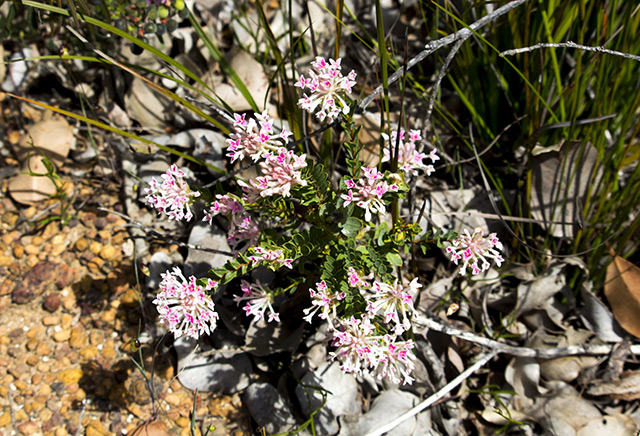This Cameroonian medicinal plant can keep your liver healthy and prevent acute hepatitis
11/13/2018 / By Ralph Flores

A study published in the BMC Complementary and Alternative Medicine offers a new insight into how traditional medicine uses plants to full effect, especially in preventing certain conditions. In particular, researchers from the Université Lille Nord de France and Université de Yaoundé I have found that a local plant called the abenelanga (Neoboutonia velutina P.) is able to protect the liver from hepatitis, as exhibited in different models.
Hepatitis, a term used to describe the inflammation of the liver, is a significant cause of concern around the world. In the U.S., incidents of viral hepatitis have been reported in all 50 states, including the District of Columbia, according to the Centers for Disease Control and Prevention (CDC). In developing countries such as Cameroon, medicinal plants have been used to treat conditions of the liver. In particular, the abenelanga plant is used to treat liver diseases, abdominal pain, parasitic worms, and even malaria. It’s also been claimed to treat hepatitis; however, no data is available to verify the claim.
For this study, researchers prepared an aqueous extract of the plant using phytochemical methods, which was then used in two assays. The first test involved growing HepG2 cells and testing the anti-inflammatory properties of the extract at different concentrations. For the other test, researchers induced acute hepatitis on rats using two models, carbon tetrachloride and concanavalin A. The mice were then treated with varying doses of the extract for up to three days.
After the tests, liver samples were extracted and studied to check tissue samples, transaminases, and pro-inflammatory markers. The researchers also studied the extract’s antioxidant capacity and free radical scavenging capacity. They found that mice that were provided with the abenelanga extract had a significant decrease in pro-inflammatory cytokine expression, which translated to increased liver protection from carbon tetrachloride-induced liver injury. Based on the results of the histological examination, the extract was also able to reduce inflammatory markers for liver injury.
“Neoboutonia velutina displays a potent hepatoprotective effect mediated through radical scavenging properties,” the researchers concluded in their report. They also added that the results of the study add weight to existing evidence of the abenelanga plant’s ability to prevent certain forms of liver disease, possibly because of the presence of saponins, glycosides, and tryptophan.
“Given these findings, Neoboutonia velutina appears to be an interesting target for the development of affordable and safe hepatitis treatment,” they added. (Related: The Hepatitis Epidemic and Natural Remedies That Can Help.)
Fast facts on hepatitis
The most common cause of hepatitis is a viral infection; however, it can also be caused by other sources such as alcohol and chemical exposure. In other cases, this could be caused by an autoimmune disease that creates antibodies that attack the liver tissue instead of protecting it.
In any case, this can spell trouble for the liver, as it performs a lot of functions that are essential for the body’s well-being, including:
- The production of bile, which is essential to digestion
- The removal of toxins from the body
- Breaking down red blood cells, cholesterol, and other hormones
- Activating enzymes for proper bodily function
- Storing glycogen, as well as vitamins and minerals
- Synthesizing blood proteins and clotting factors
To prevent contracting hepatitis, a person would do well to practice good hygiene – especially when traveling to developing countries. In particular, the following should be avoided:
- Local water
- Ice
- Raw or undercooked shellfish
- Raw fruit and vegetables
In particular, certain viral forms of hepatitis – such as hepatitis B, C, and D – are contracted through contaminated blood and can be prevented by:
- Not sharing a toothbrush with someone else
- Not sharing drug needles
- Not touching spilled blood
Learn more about other herbs that can prevent and manage hepatitis by following Herbs.news today.
Sources include:
Tagged Under: alternative medicine, disease prevention, Hepatitis, herbal medicine, natural cures, natural medicine, Neoboutonia velutina, plant-based treatment, traditional medicine
RECENT NEWS & ARTICLES
Herbs.News is a fact-based public education website published by Herbs News Features, LLC.
All content copyright © 2018 by Herbs News Features, LLC.
Contact Us with Tips or Corrections
All trademarks, registered trademarks and servicemarks mentioned on this site are the property of their respective owners.




















